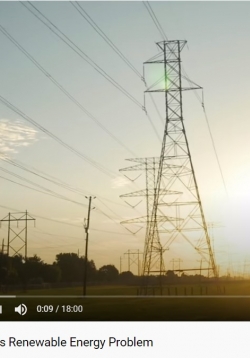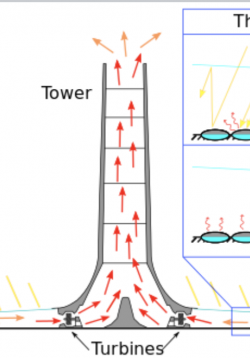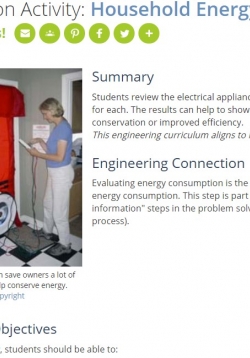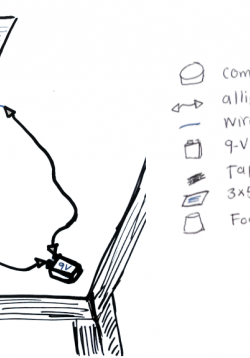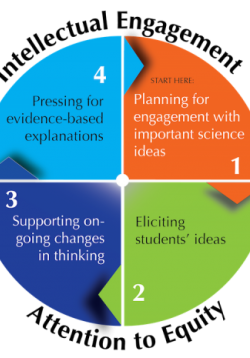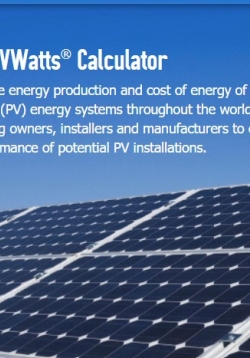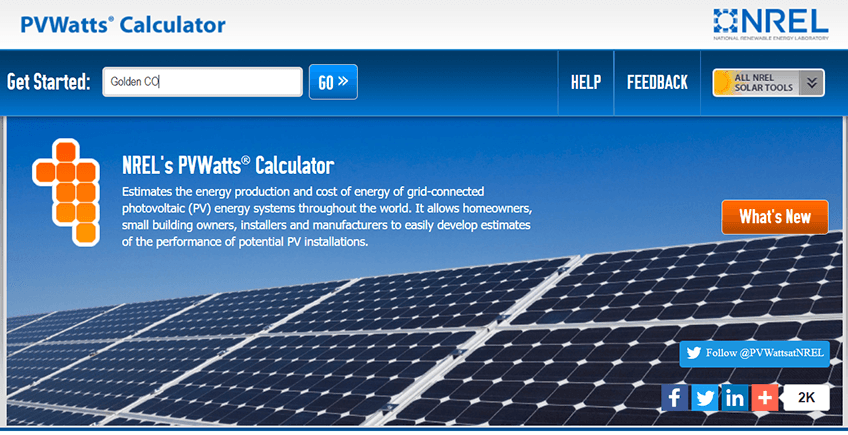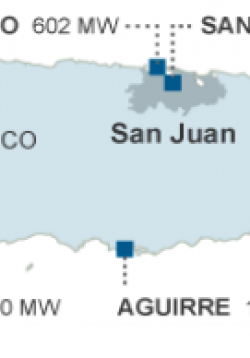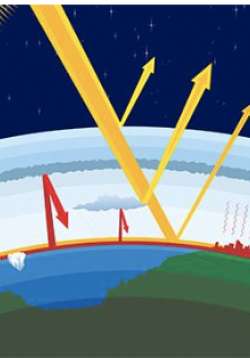This web site provides a vision of ambitious science instruction for elementary, middle school and high school classrooms. Ambitious teaching deliberately aims to support students of all backgrounds to deeply understand science ideas, participate in the activities of the discipline, and solve authentic problems.
AST features 4 core sets of teaching practices that support these goals. These core sets make up the Ambitious Science Teaching Framework. The framework has been based on classroom research from the past 30 years—research that has asked, “What kinds of talk, tasks, and tools do students need in order to fully engage in meaningful forms of science learning?”
If you are a member of a group of science educators committed to the improvement of teaching, the vision, practices, and tools here will furnish a common language for you about teaching. You will be able to identify “what we will get better at” and how to get started.
